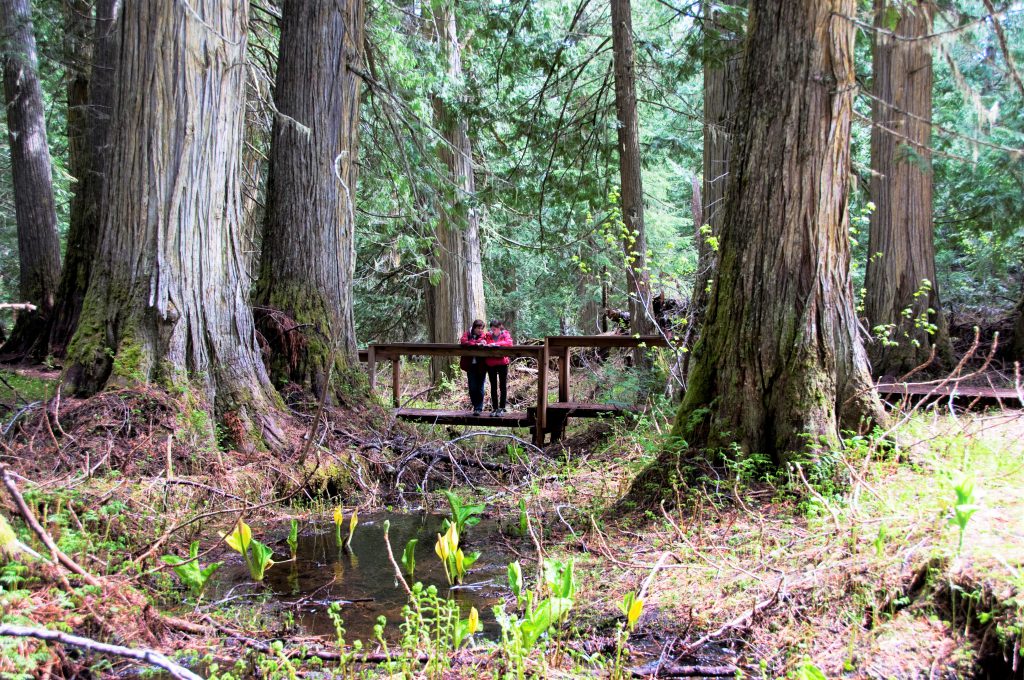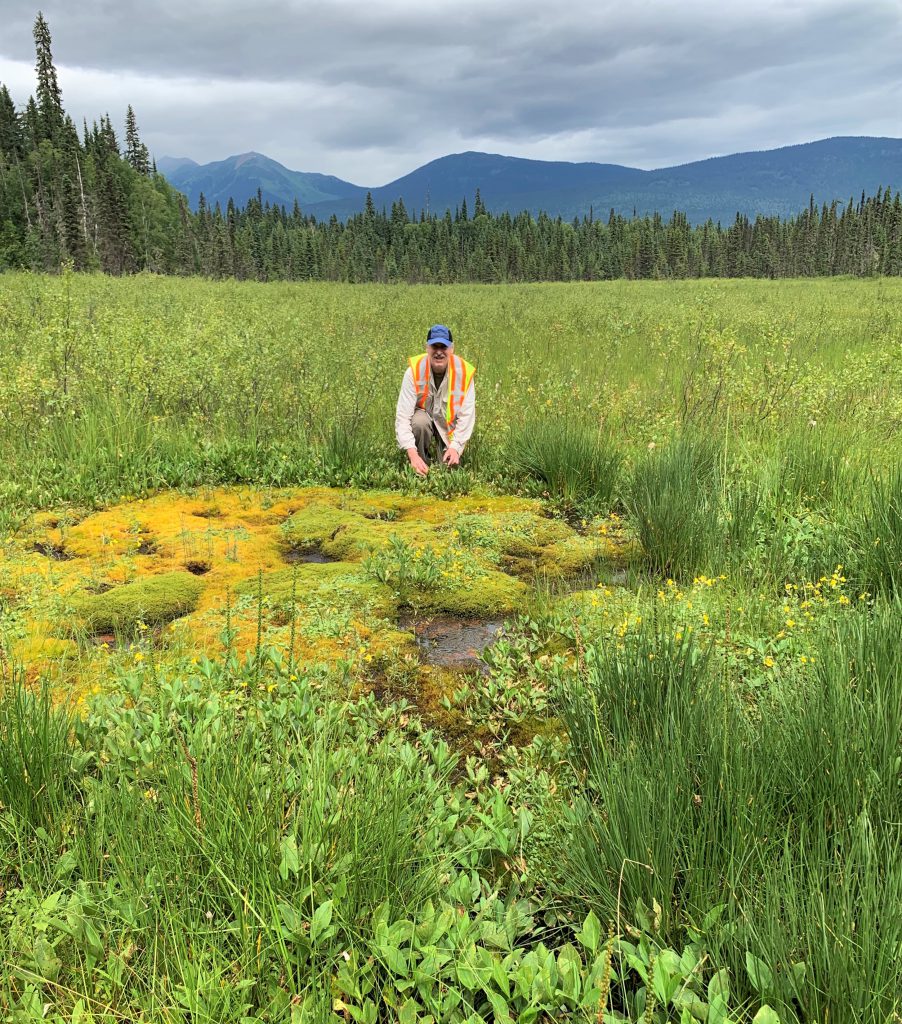Scientists Monitoring Impacts of Climate Change on Wetlands
Categories:

In the heart of the Robson Valley, skirting the western edge of the Rocky Mountains, is a diverse range of habitat that’s captured the attention of scientists studying wetlands and climate change.
The rivers and wetlands are supported by the melt of winter snowpack flowing down mountain slopes in the spring. But Darwyn Coxson, a leading researcher on biodiversity and conservation of inland temperate rainforest ecosystems in B.C., is starting to notice some unusual trends.
During a normal winter, snow is typically on the ground from the end of October to mid May. This year and the previous year, however, the snow has melted in early to mid April.
“Our winters are becoming much warmer and much more unpredictable. That change in the winter and spring climate seems to have occurred very dramatically in the last couple of years,” said Coxson, who’s among a team of scientists studying key wetland ecosystems and climate change in the Ancient Forest/Chun T’oh Whudujut Provincial Park and Protected Area. “It’s certainly very concerning. Having knowledge about what’s happening is the first step towards taking steps to address it.”
Established in 2016, the Ancient Forest/Chun T’oh Whudujut Park protects a portion of the only known inland temperate rainforest in the world. With support from the BC Parks Living Lab Program, last year Coxson’s team focused on studying the park’s plant biodiversity, along with neighbouring Slim Creek Park, Sugarbowl-Grizzly Den Park, and the Sinclair Mills (Meteor Lake) wetland – one of the largest wetlands in the Robson Valley at more than 1,000 hectares in size.

Long-term ecological monitoring sites were established in 28 wetlands and subplots were set up in larger wetlands. So far, researchers have identified almost 500 species of vascular plants, bryophytes and lichens. Coxson believes 10 to 20 species in the valley might be new to science.
“It’s been quite exciting. We’re finding a lot of range expansion for plants that previously were not known in B.C. or perhaps only known on the coast,” said Coxson. “None of these wetlands have been visited by scientists before and the results have been pretty amazing in terms of biodiversity and better understanding what their health might be as the climate changes in the future.”
Further downslope from the Ancient Forest in extensive wetlands near the confluence of the Fraser River and Slim Creek, researchers have a climate station with an array of instruments that measure water levels and calculate water flow. The data collected will be used to document how the melting winter snowpack supports and sustains the wetlands during dry periods in the summer.
Scientists are predicting warmer and dryer conditions in the valley, particularly in the winter. Coxson hopes the project will help researchers understand the resilience of wetlands in the face of climate change.
“Think of these wetlands as giant reserves of water alongside the edge of the Fraser River. These ecosystems and wetlands in the headwaters support salmon runs and communities downstream along the Fraser River,” said Coxson. “The impacts of heavy or light snowfall winters extend into several of the subsequent seasons in terms of growth of the forest and the flow of water into the rivers. In B.C., snowpack is really important and not just for skiers.”
The study, conducted by the University of Northern British Columbia, is one of seven projects being supported this year through the BC Parks Living Lab Program. Through partnerships with academic institutions and the broader conservation community, the program promotes the province’s protected areas as places to learn about the impacts of climate change, how to mitigate and manage for the impacts, and share information between academics and practitioners.
For more information about the Living Lab Program and projects, visit http://www.env.gov.bc.ca/bcparks/partnerships/living-labs/




